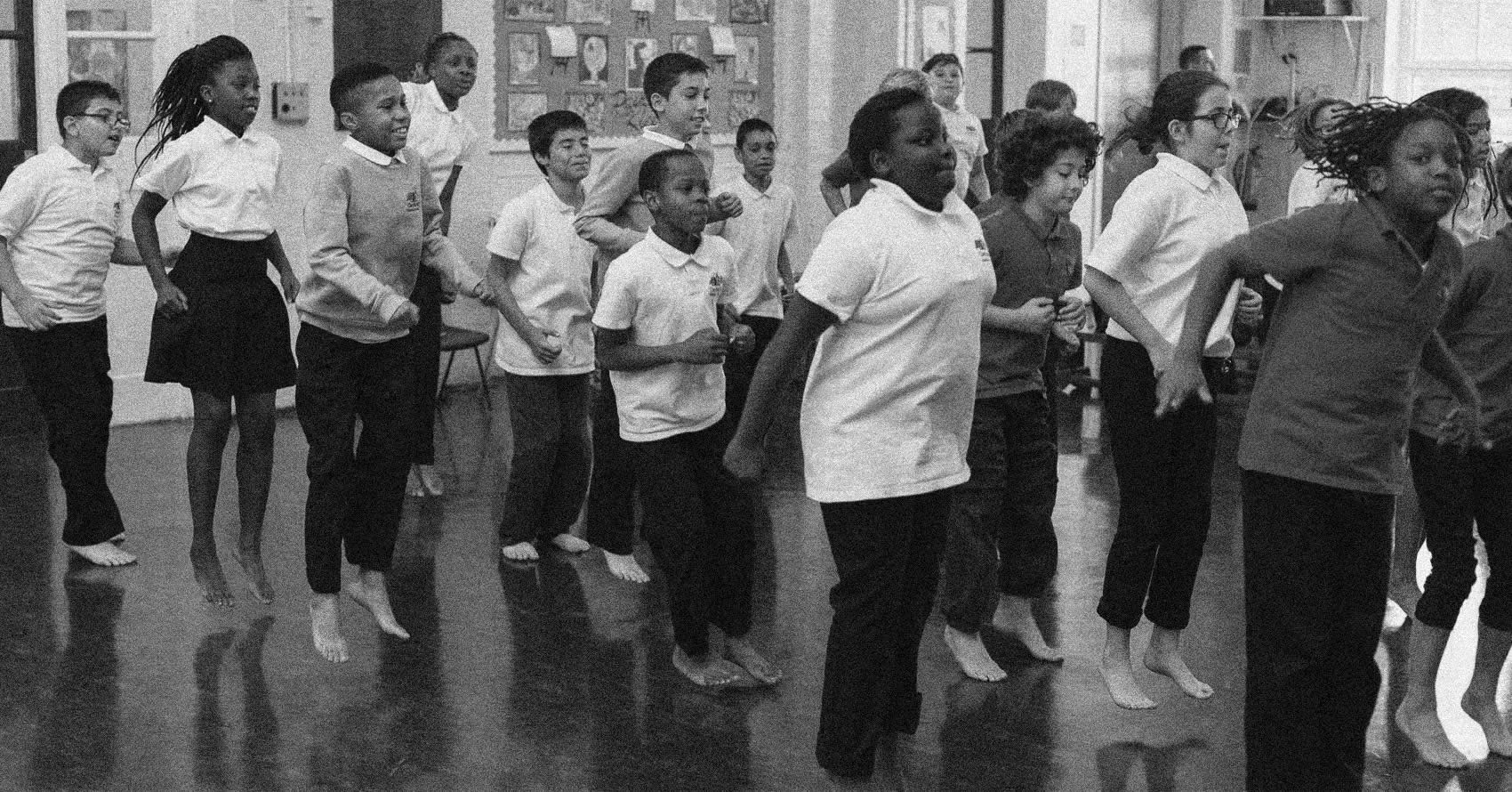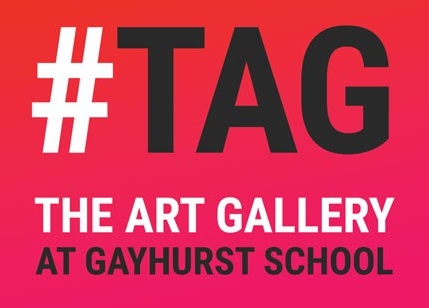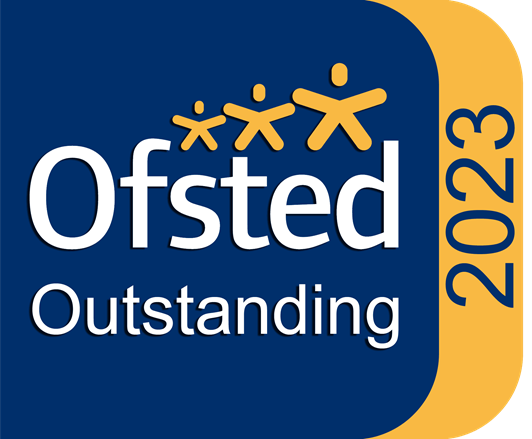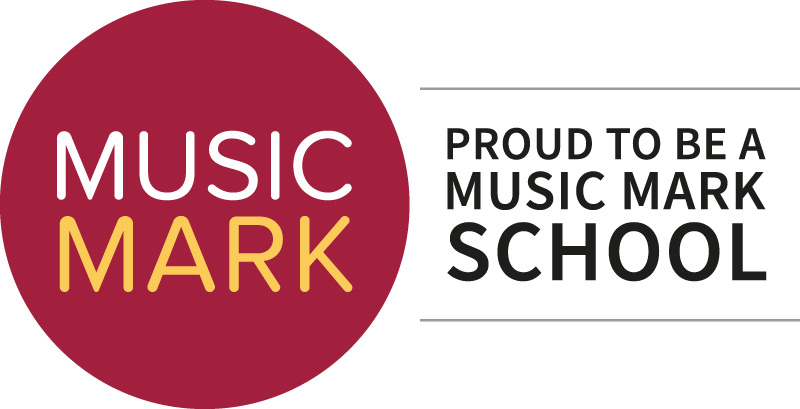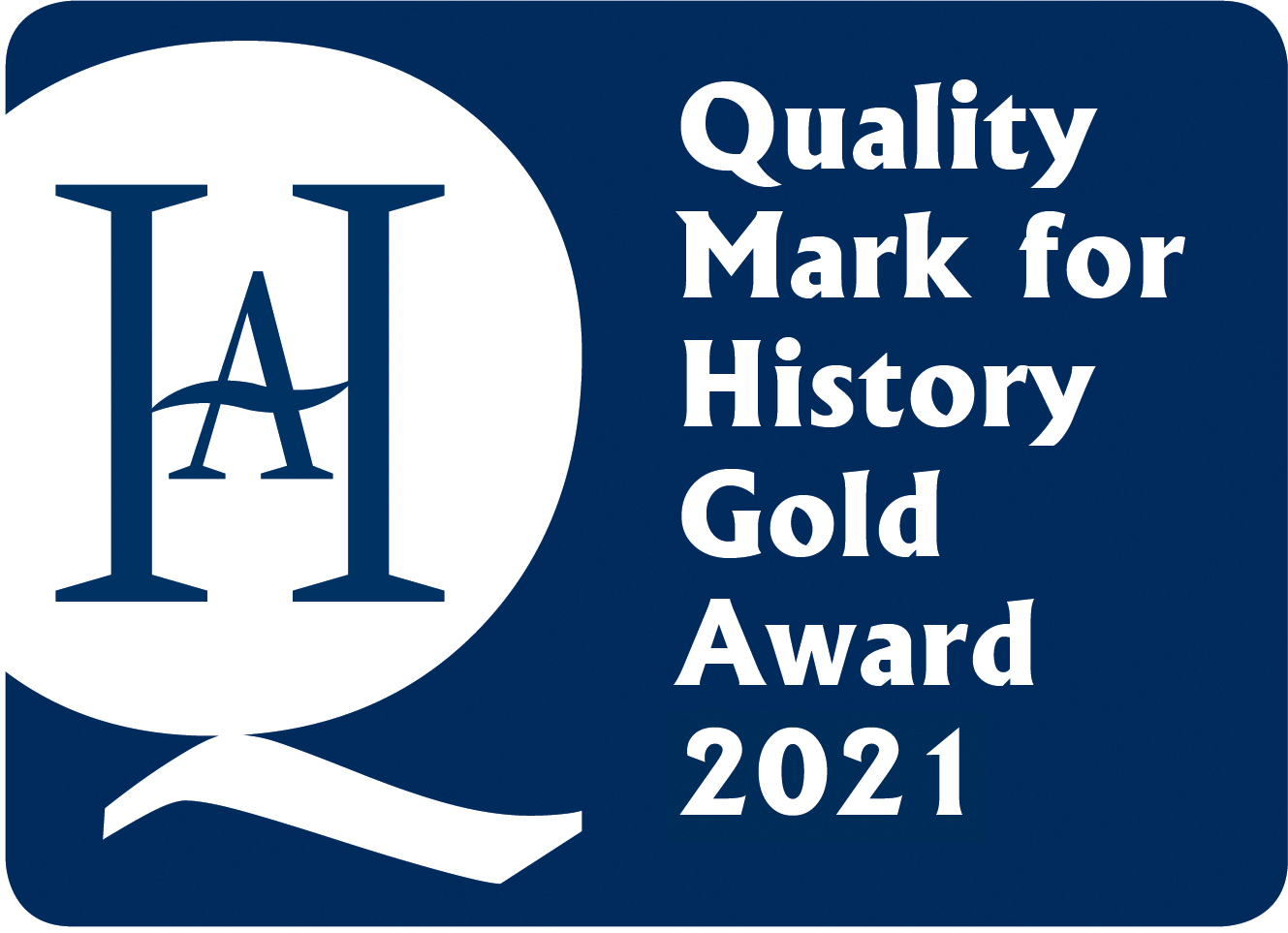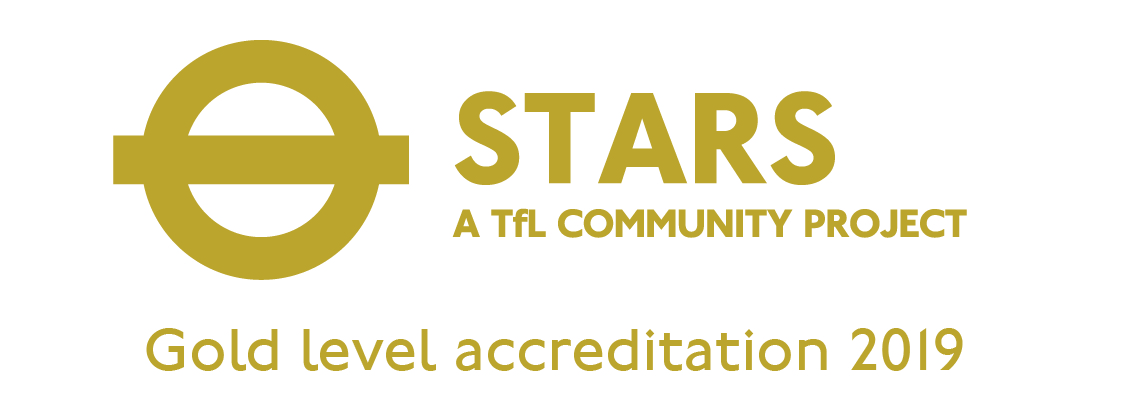Art & Design
Art, design and creativity are integral to the delivery and ethos of our LEAP curriculum. Children are introduced to a wide range of artists, techniques and rich experiences, which enable them to develop their knowledge and skills progressively throughout their time with LEAP.
Our art curriculum introduces children to the artists of the past and present, who have had a profound impact on current arts and artistic ways of thinking. These artists are from a variety of art movements and allow the children to explore new vocabulary, styles of working and a knowledge of art history. Our creative lessons mean that children develop their observation, line-work and artistic skills from an early age in painting, drawing, mixed-media and printmaking. This is developed as they go through the school, leaving us in Year 6 as confident, knowledgeable and well-rounded artists.
National Curriculum
Art and Design lessons are in line with the National Curriculum objectives (see link below) and ensure a balanced programme of progression across the year, exposing the children to a wide range of art from different periods, cultures and locations.
Link to National Curriculum (England) Art and Design
Curriculum overview
- Art is taught weekly to ensure skills and techniques are revisited and developed. Each half term we focus on a different art movement or period including baroque, Impressionism and Surrealism. We look at a range of artists from the 'Great Masters' such as Da Vinci and Rembrandt to contemporary artists such as Yayoi Kusama and Kehinde Wiley.
- Each year, we work in partnership with the National Gallery’s Take One Picture and have developed our own version to incorporate our Empowerment Curriculum by including a second picture by a British diverse artist - Take Two Pictures.
- Progression and skills are evident from EYFS to Year 6, and is recorded in sketchbooks and displays. Art lessons are both knowledge and skill based to re-inforce the learning of knowledge about both great makers and creators of the past.
Cultural Capital
We are fortunate to live in a thriving international art capital and at LEAP we take full advantage of this! We have links to outside institutions and galleries include: The National Gallery: Take One Picture, The Estorick Collection, The Barbican, The Guildhall Art Gallery, The Cell Gallery, Artburst, The Tate, Hackney Music Festival etc.
Gayhurst has developed #TAG (our very own art gallery), with local art educators Art Hoppers. #TAG is a professional art space within the grounds of the school designed specifically as a showcase venue for the exhibition of student’s artworks. Three exhibitions a year are held in the gallery, with each exhibition focussing on a different year group’s work. The children really take ownership of the exhibition – hosting a special Private View for family and friends, where they serve refreshments and explain their work to visitors. You can find out more about #TAG at the dedicated website www.tagatgayhurst.uk .
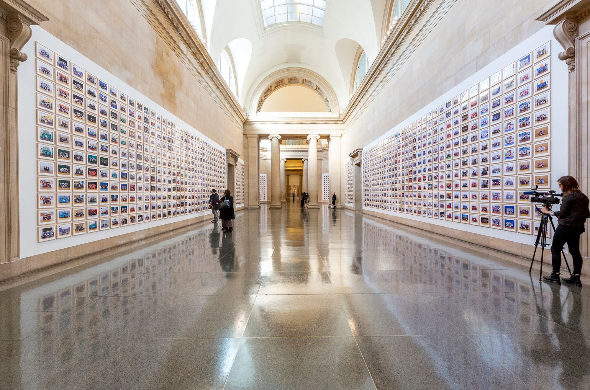 Steve McQueen’s ‘Year 3’ at the Tate Britain
Steve McQueen’s ‘Year 3’ at the Tate Britain
Our year 3’s participated in a unique opportunity to be part of Steve McQueen’s exhibition ‘Year 3’.
Rich, Relevant and Representative: The LEAP Empowerment Curriculum
We have developed an art curriculum that is rich, relevant and representative by exposing the children to a range of artists from ethnic minorities and how they have shaped and contributed to art history. Our holistic approach is designed to develop children’s understanding of the multitude of different people and cultures in our world. Children will look at influences from around the world, such as the importance of pattern in Islamic art and the influence of African masks in the paintings of Picasso and Modgliani
Fundamental British Values
At LEAP, we believe in threading Fundamental British Values throughout our curriculum. In art, we are particularly focused on Individual Liberty and every child’s individual right to express themselves freely and right to have an opinion. We teach this through discussion and learning around artists and creatives globally and of the present and the past.
Awards
We are in the process of applying for Artsmark.
Art at Home
Observational drawing is one of the hardest skills we can learn in drawing and painting, and it takes practice. It is about using your eyes to follow the shapes and angles in nature/of an object, using what you can actually see, rather than what you know is there. Going to museums, galleries, local parks you can find a huge variety of objects you can practice drawing using your observational skills. All you need is a paper, pencil and your eyes.
Here is a list of museums and galleries which are free to get into, and who have a lot of very interesting artefacts and artworks you can draw.
Tate modern
Tate Britain
Guildhall Art Gallery
British Museum
Natural History Museum
Science Museum
